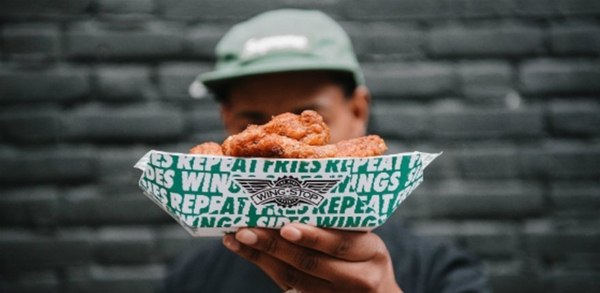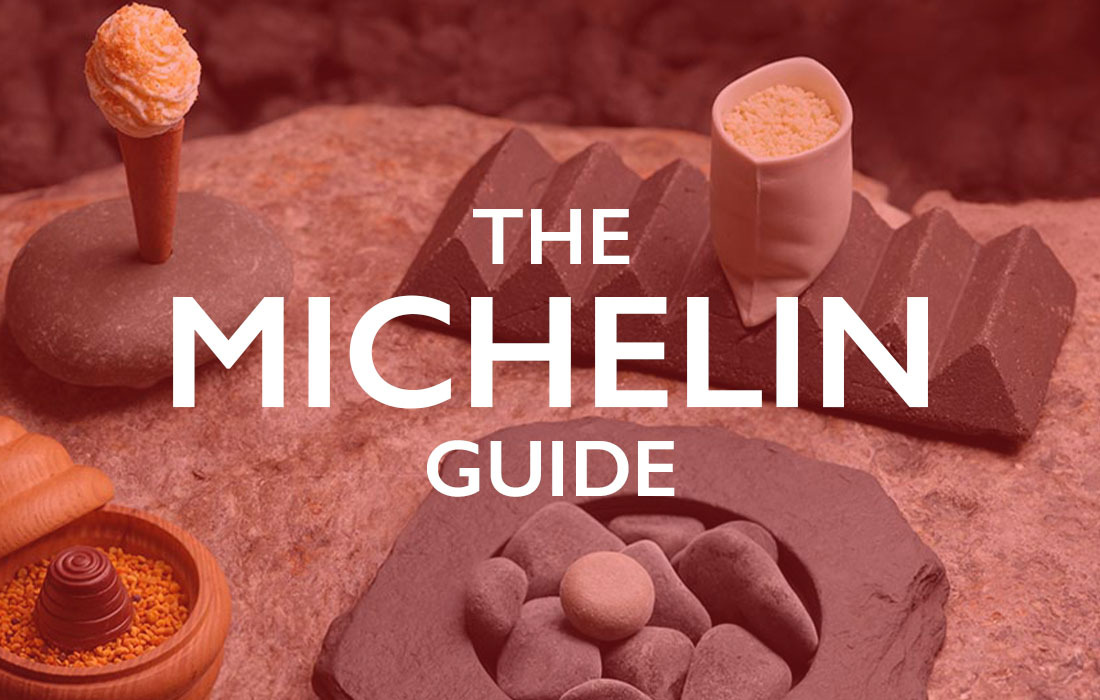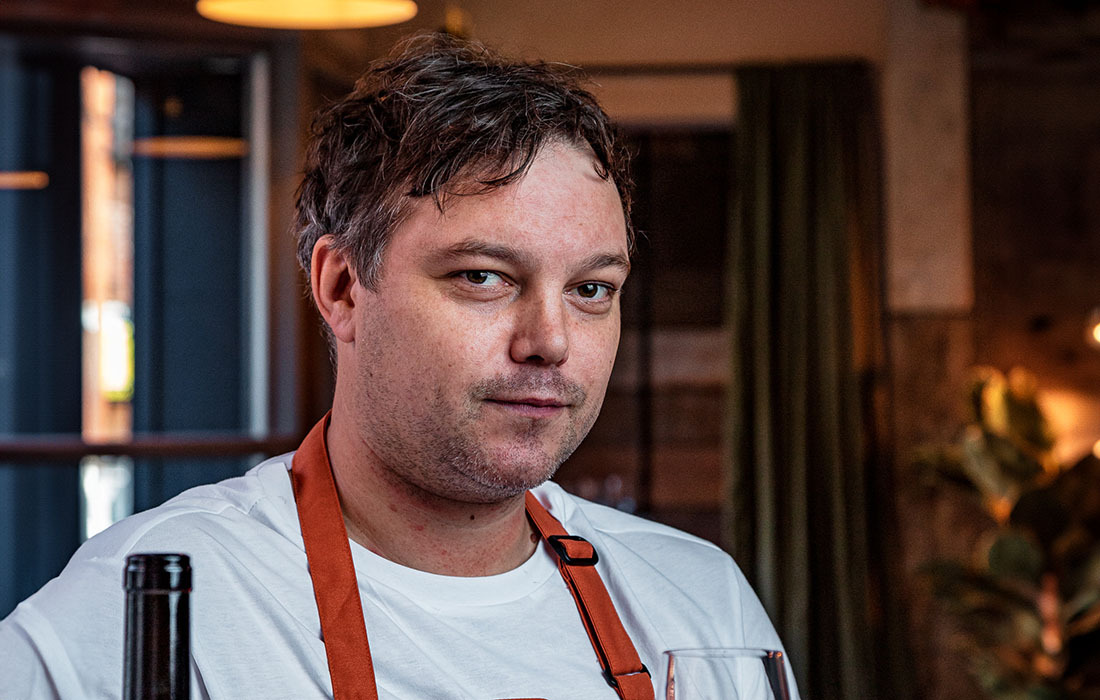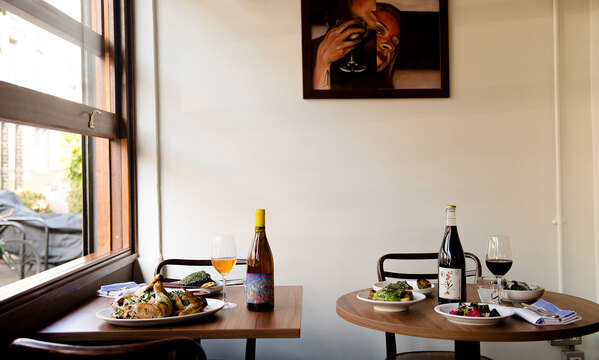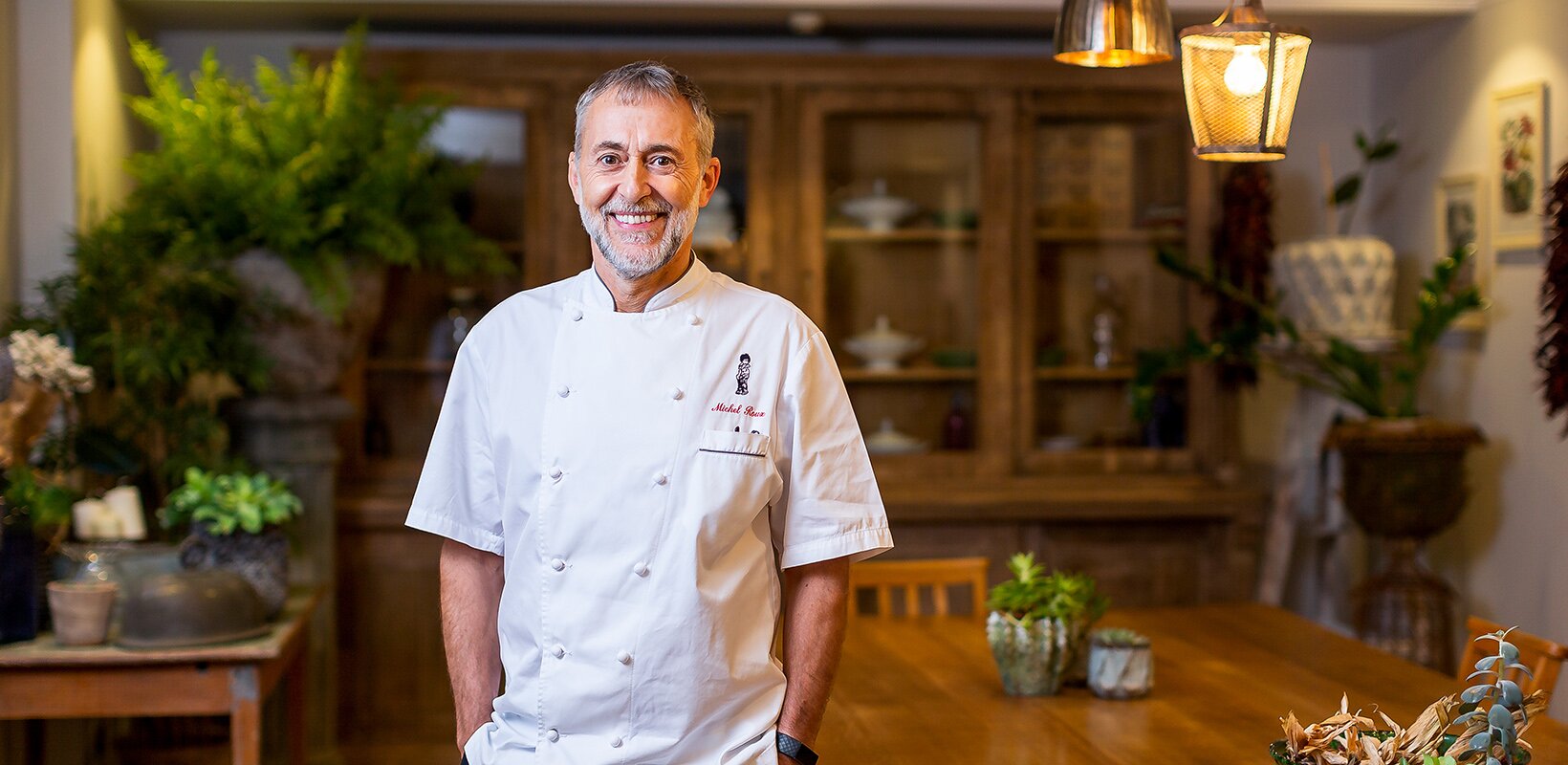Recipe of the week: Gujarati sweet-and-sour dhal
Exuberant spicing, tamarind tartness and butterscotch sweetness define a good Gujarati dhal.
This one starts off as a smooth purée of lentils and peanuts and is gradually layered up with contrasting flavours, and finished with a flamboyant tarka of fried spices, which include whole red chillies, cloves and citrussy curry leaves. Gujaratis routinely add jaggery to dhals, which results in a sweet, sour and often fiery flavour.
This recipe uses arhar dhal, also known as toor dhal or split pigeon pea – they are easily digestible and cook down to a delicious, buttery smooth texture.
Serves 4-6
- 275g split pigeon peas (toor dhal)
- 25g unsalted peanuts, skinned
- 35g root ginger, peeled and finely chopped
- ½tsp ground turmeric
- 1tsp sunflower oil
- 2 green chillies, deseeded and
- finely chopped
- 4tbs wet tamarind pulp, seedless
- 50g jaggery or light brown
- soft sugar
- 1 large tomato, finely chopped
- Juice of 1 lime
- 2tbs chopped coriander
For the tempering
- 40g ghee (see below) or 3tbs sunflower oil
- 1tsp black mustard seeds
- 2 dried Kashmiri chillies
- ¼tsp fenugreek seeds
- 1tsp cumin seeds
- 4 cloves
- About 30 fresh curry leaves
Soak the split pigeon peas and peanuts in hot water for one hour, then drain. Discard the soaking water and transfer the split peas and peanuts to a pressure cooker or large pan. Add the ginger, turmeric and oil and pour over enough water to cover by about 4cm.
If using a pressure cooker, cook the split peas and peanuts for 20 minutes, until they are completely soft. Let the pressure release naturally from the cooker, then open its lid and leave to cool slightly. If using a regular pan, bring to a simmer over a low heat – the dhal will take about 80-90 minutes to become tender and you may need to top up the water level as it simmers.
Transfer to a bowl and use a stick blender or liquidiser to blend the dhal to a smooth purée. Rinse out the cooking pan and return the dhal to it. Add the chillies, tamarind pulp, jaggery or sugar and tomato and simmer, uncovered, over a medium-low heat for 15 minutes, adding more water if needed. Aim for a thin, soupy consistency.
For the tempering, heat the ghee or oil in a small pan over a medium heat and add the mustard seeds, dried chillies, fenugreek, cumin, cloves and curry leaves. Fry the spices, stirring, for about 40 seconds, until they are aromatic, then add them to the dhal. Sharpen with lime juice and finish with chopped coriander.
Ghee
Cooking with ghee is an indulgence – it lends richness, has a lovely, buttery flavour and, like clarified butter, will heat to a high temperature without burning.
Traditionally, Indians make ghee with cream skimmed from the top of boiled milk, which is then churned into butter and cooked over a gentle heat until golden. The butter becomes ghee after it’s strained and any sediment is removed.
Because ghee has no moisture or milk solids, it will keep at room temperature for 2-3 months without spoiling, but it is also relatively expensive to make. As a result, many Indian home cooks prefer to use a neutral-flavoured oil, such as sunflower or vegetable oil, for everyday cooking.
If you do cook with ghee, it’s worth making your own. It’s simple to do and the flavour is far superior to most commercial varieties, which are often let down by a metallic aftertaste.
Makes 190g
- 250g unsalted butter
Heat the butter in a small, sturdy pan and cook over a low heat, without stirring, for 15-20 minutes, until the milk solids have browned and the butter is golden. Turn off the heat and leave the pan undisturbed for a few minutes.
Line a metal sieve with muslin or strong kitchen paper and place it over a heatproof bowl. Pour over the melted butter, taking care to leave the browned milk solids in the pan. Leave the ghee for a few minutes to drip into the bowl, and then pour it into a sterilised jar and keep it at room temperature for 2-3 months.
Taken from India: The World Vegetarian by Roopa Gulati (Bloomsbury, £20)





